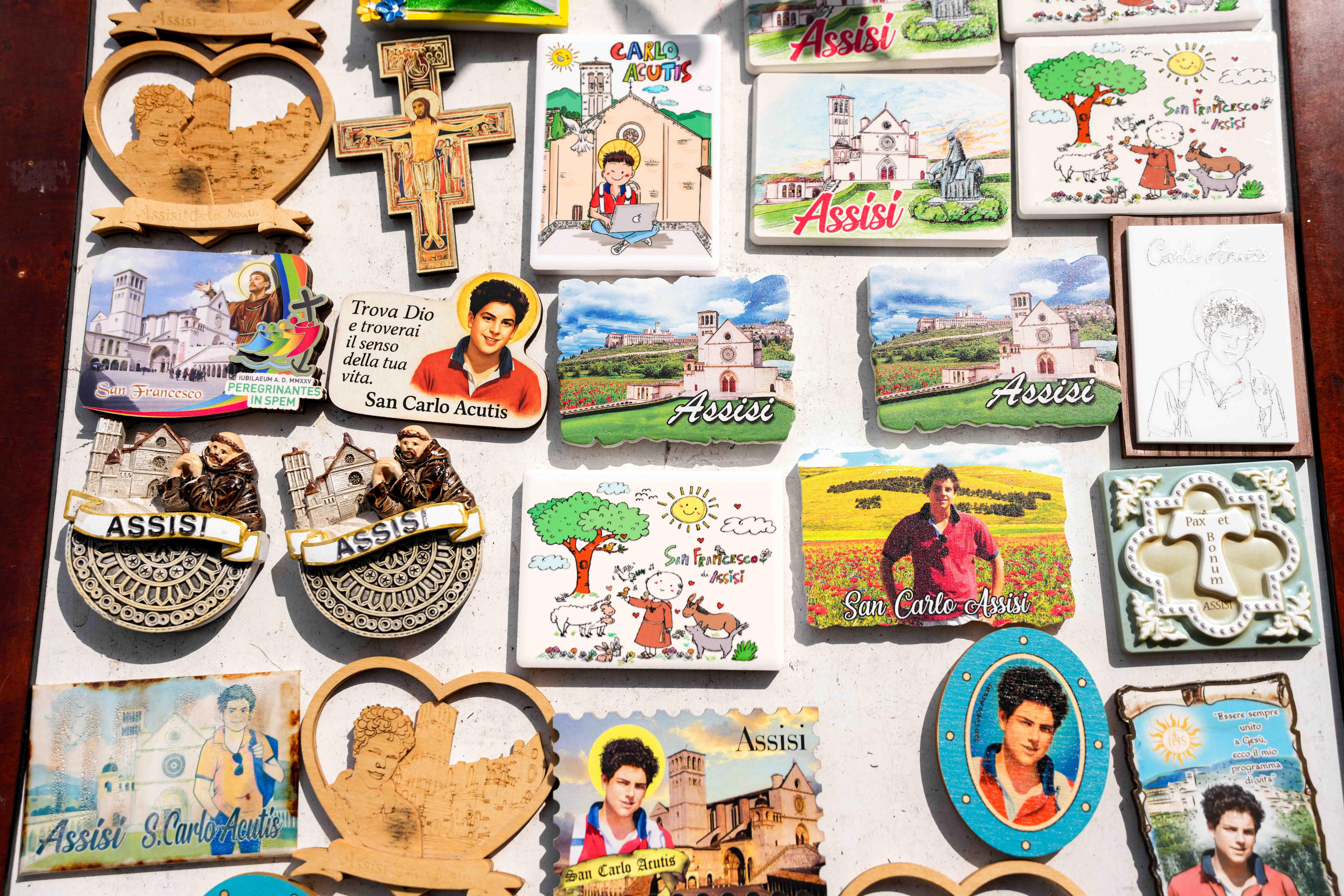April 6, 2018 at 1:53 p.m.
Tips for leading a group prayer
Your mind is blank. Acutely embarrassed, you stammer out a few words and end with the "Our Father," wishing someone else had been chosen and wondering why it's so difficult.
But leading a prayer doesn't have to be hard, according to diocesan Prayer and Worship Office director Cathy Lavender. As the Albany Diocese prepares to start its second season of Renew 2000, she offered several practical tips for those leading prayers in Renew small faith-sharing groups.
Big difference
One thing all prayer leaders should remember is that there is a difference between personal, private prayer and communal prayer, said Ms. Lavender.While personal prayer can be however you want to talk to God within your own mind, she explained, group prayer is not just saying the same words aloud. Thinking that "communal prayer" means sharing your most private expressions of faith with an entire group can be the most intimidating part of being a prayer leader.
Instead, she said, group prayer should involve the group. A good outline for prayer involves four parts: praise, asking forgiveness, petitions and thanksgiving.
The director explained: "If you're asked to pray spontaneously, you could say, `God, we praise you in your glory; we ask you to forgive our indiscretions....'"
Hear our prayer
Prayer leaders can involve the group through well-known ritual responses. "You can walk into a room and say, `Through Christ, our Lord,' and a bunch of people will say, `Amen,'" said Ms. Lavender.Petitions are another easy way to involve everyone in the group, since "We pray to the Lord" automatically evokes the response, "Lord, hear our prayer."
Group facilitators who have some time to prepare before leading a prayer might take a cue from the way the Mass is set up, Ms. Lavender said. A Mass opens with the Sign of the Cross, then a prayer, then readings. The Liturgy of the Hours also includes ideas for prayer.
Since Renew groups have themes each time they meet, prayers can link to those, as well. "Provide for people to listen, reflect and respond," said Ms. Lavender.
Be yourself
Above all, she noted, stick with what makes you comfortable -- at least at first."If you are asked to lead a prayer and you're not uncomfortable with spontaneous prayer, go for it," she declared.
Stilted language that is unnatural for you will be obvious to others, she noted. "I'm uncomfortable when people start calling God `Thee' and `Thou,'" she said. "It's not offensive, but it's kind of weird to me."
To hold or not?
One big question for prayer leaders is whether to request that the group join hands during prayer. While Ms. Lavender said that "it's a good thing" for groups to hold hands, she added that the best way to know whether it's appropriate for your group is to ask."Sometimes, it's good to be uncomfortable, to be challenged," the director said. "But if you're gathering together as a faith-sharing group, at least initially, we want people to be comfortable."
One concern of many prayer leaders didn't concern Ms. Lavender at all: lengthy prayers. If a prayer is well-thought-out and includes a lot of group participation, she asserted, the group won't notice its length.
She compared a good prayer to a good movie: Patrons leave afterward looking at their watches and asking, "Where did the time go?"
- How AI should — and should not — be used in the workplace
- Brave new classroom: Catholic schools nationwide integrate AI into teaching plans
- Time magazine honors Pope Leo XIV, calling him a ‘spiritual counterweight’ to Silicon Valley
- Pope talks about what St. Augustine has given him and taught him
- Friar behind ‘Rosary in a Year’ explores Jesus Christ’s ‘blueprint’ in the beatitudes
- Nicaraguan-style law used to expel religious groups stokes fears in El Salvador
- LIVE UPDATES: Parents, clergy grapple with aftermath of Annunciation shooting
- Pope appoints Filipino-born priest as San Jose auxiliary bishop
- Washington roundup: FBI investigates Catholic school shooting, Trump targets flag burning
- Parents, clergy grapple with aftermath of Minneapolis Catholic school shooting







Comments:
You must login to comment.